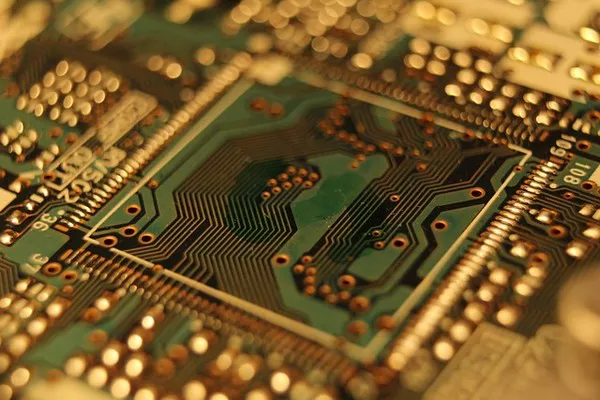Television (TV) has been an integral part of modern households, providing entertainment, information, and connectivity for decades. As technology continues to evolve, so does the way we perceive and interact with television. In this article, we will explore the fundamental aspects of television technology and delve into the question of whether TV can be classified as an electrical equipment.
Understanding Television Technology
Television is a device that receives broadcast signals and displays moving images and sound on a screen. The basic components of a television include a tuner, a display unit (such as a cathode-ray tube or an LED/LCD panel), audio speakers, and various circuitry. While the primary function of a TV is to entertain and inform through audio-visual content, it relies on a combination of electrical and electronic components to accomplish this task.
Electrical vs. Electronic Devices
Before we determine if a TV is an electrical equipment, it is essential to differentiate between electrical and electronic devices. The distinction lies in their underlying principles of operation. Electrical devices utilize electrical energy to perform simple tasks such as heating, lighting, or mechanical motion, without employing any active electronic components.
On the other hand, electronic devices employ active components such as transistors, diodes, and integrated circuits to control the flow of electrical energy and perform complex tasks, including signal processing, amplification, and communication. These devices require a power source and use electricity as their primary means of operation.
Television: An Electrical Equipment?
Considering the definition of electrical and electronic devices, it becomes evident that a TV encompasses both aspects. At its core, a television operates as an electrical equipment that requires electricity to function. The display unit, speakers, tuner, and other internal components depend on electrical power to process signals, generate images, and produce sound.
However, a TV also qualifies as an electronic device due to its complex internal circuitry. The signal processing, channel tuning, audio amplification, and other functions are accomplished through active electronic components within the TV. This integration of electrical and electronic components makes modern televisions sophisticated devices with advanced features and functionalities.
The Evolution of TV Technology
Television technology has undergone significant advancements over the years. The earliest televisions relied on cathode-ray tube (CRT) technology, where electron beams were directed to phosphor-coated screens to create images. These CRT TVs were purely electrical devices that consumed relatively high amounts of power.
As technology progressed, CRT televisions gave way to liquid crystal display (LCD) and light-emitting diode (LED) TVs. These modern flat-screen TVs brought energy-efficient advantages compared to their CRT counterparts, thanks to advancements in electronic components and display technologies. The integration of electronics in these TVs enabled features like remote control, on-screen menus, and digital signal processing, further solidifying their status as electronic devices.
The Emergence of Smart TVs
In recent years, a new breed of televisions known as “Smart TVs” has become increasingly popular. Smart TVs combine traditional TV functions with internet connectivity, enabling access to streaming services, web browsing, social media, and interactive applications. These TVs often come equipped with integrated Wi-Fi and Ethernet capabilities, allowing users to connect to the internet seamlessly.
The “smart” aspect of these TVs is made possible through the inclusion of advanced electronic components such as microprocessors, memory chips, and networking modules. These electronic elements enable Smart TVs to process data, run applications, and interact with users, transforming televisions into multifunctional electronic devices.
Power Consumption and Energy Efficiency
As a hybrid of electrical and electronic components, televisions vary in terms of power consumption and energy efficiency. Early CRT TVs were notorious for their high power consumption, but modern LCD, LED, and OLED TVs have significantly improved energy efficiency. Smart TVs, while offering enhanced functionality, may consume more energy due to their additional electronic components and internet connectivity requirements.
To promote energy efficiency, many countries have introduced energy labeling systems that categorize TVs based on their power consumption. Consumers can choose TVs with higher energy efficiency ratings, helping reduce environmental impact and lowering electricity bills.
Conclusion
In conclusion, television is undoubtedly an electrical equipment as it requires electrical energy to function. However, due to its complex internal circuitry and the integration of active electronic components, it also qualifies as an electronic device. The evolution of television technology from CRT to LCD, LED, and Smart TVs has exemplified the convergence of electrical and electronic engineering.
As technology continues to progress, televisions are likely to become even more sophisticated, energy-efficient, and seamlessly integrated into our daily lives. Understanding the blend of electrical and electronic aspects in TVs is crucial for manufacturers, consumers, and policymakers to make informed decisions regarding energy consumption and technological advancements in the ever-evolving world of television.

